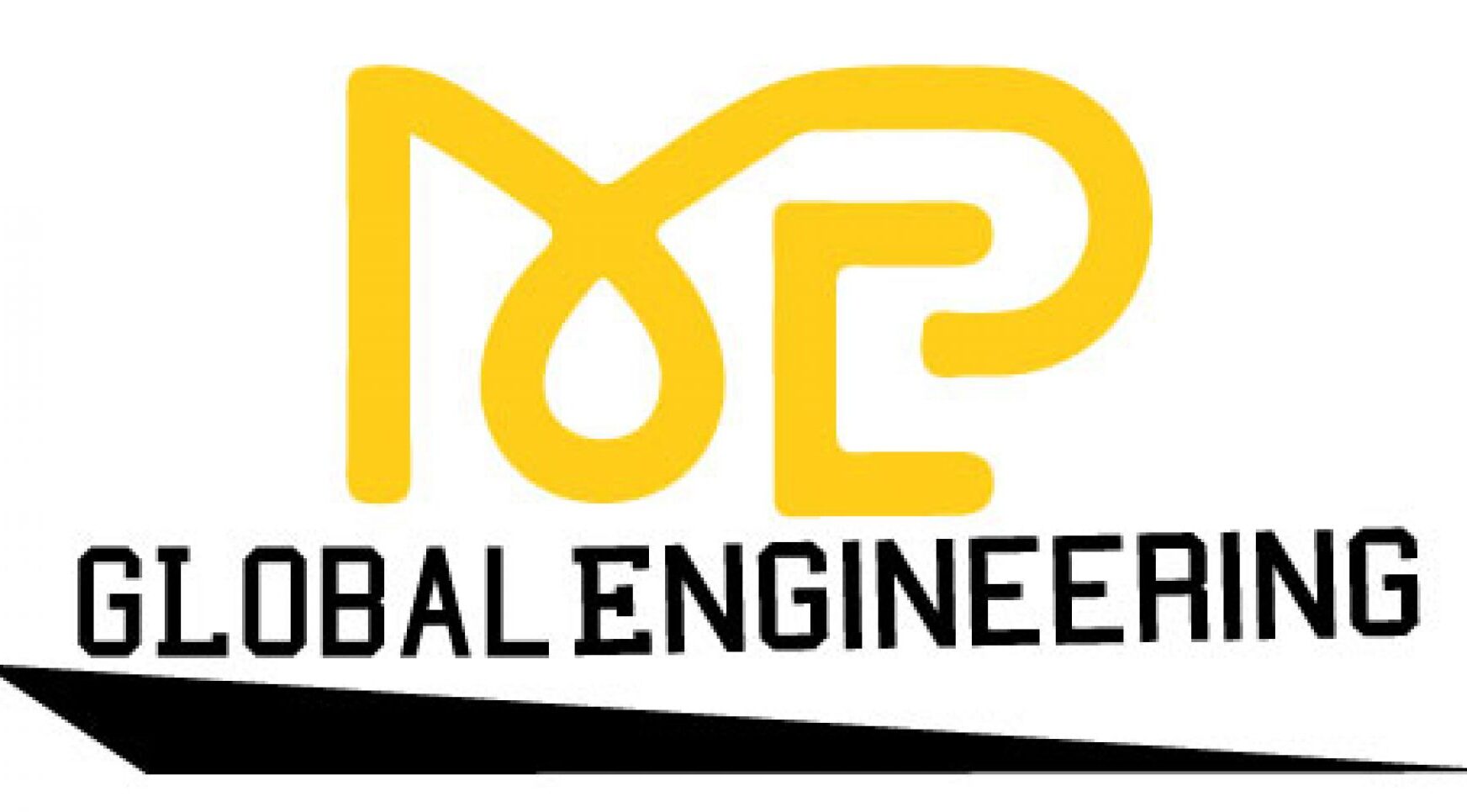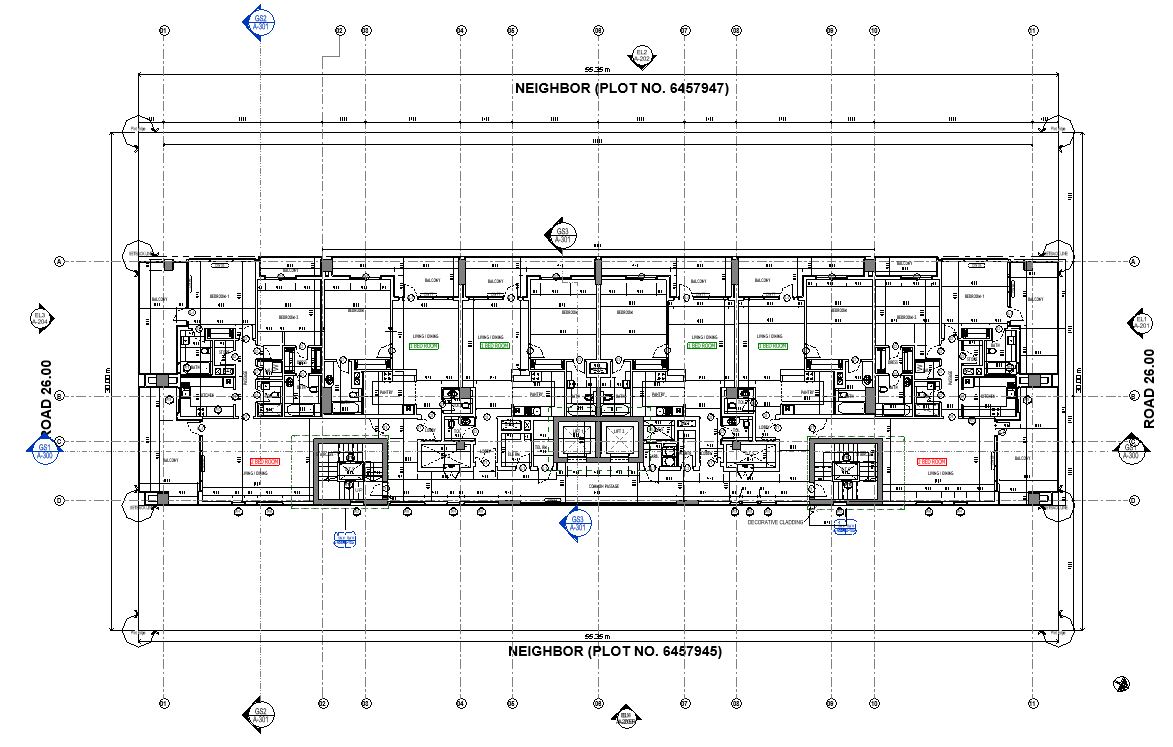
The Critical Role of COBie in Modern Construction Projects
Mastering COBie Integration: Revolutionize Your Construction Project Management
COBie Integration is a transformative approach in the management and exchange of building information, marking a significant shift from traditional paper-based methods to a streamlined, digital lifecycle management system. The core principles of COBie are foundational to its effectiveness and widespread adoption in the industry. These principles include standardization, collaboration, and accessibility. By standardizing data formats, COBie ensures that information is consistent and reliable across all stages of a building’s lifecycle.
Collaboration is facilitated through a common platform where all stakeholders can access and contribute to the same dataset, reducing miscommunication and errors. Accessibility means that crucial data is available to everyone who needs it, from architects to facility managers, ensuring informed decision-making at every step.
Implementing COBie integration leads to increased efficiency and cost savings by minimizing redundant data entry and streamlining workflows. The ability to track changes in real-time enhances transparency and accountability throughout the project lifecycle. This approach not only optimizes current processes but also future-proofs organizations against evolving industry standards. In conclusion, adopting COBie Integration is not just an option but a necessity for any forward-thinking entity aiming for superior project outcomes in the modern construction landscape.
Classification
The use of a classification system is one of the key principles for COBie. Although no specific system is specified, it is up to the project owner to determine which one to use. The point of using a classification system is to help users navigate information, aiding both owners and projects in familiarizing themselves. with the data structure and ensuring consistency across various stages of the project. Implementing a classification system streamlines communication, enhances data retrieval, and supports efficient project management.
It is crucial for all stakeholders to agree on a unified classification standard early in the project lifecycle. This agreement minimizes confusion and errors that can arise from inconsistent data labeling. Furthermore, a well-implemented classification system facilitates better decision-making by providing clear and organized information. Project owners must prioritize selecting an appropriate classification system that aligns with their specific needs and goals. Failure to do so can lead to inefficiencies, increased costs, and potential setbacks. Therefore, taking the time to thoroughly evaluate options and establish a robust classification framework is not just beneficial but essential for the success of any COBie-compliant project.
Data Model
COBie aligns with the BuildingSMART data model, sharing industry best practices. This alignment facilitates integration with other construction and design tools and establishes COBie as a definition of the IFC data model from the model view. Data Model- COBie aligns with the BuildingSMART data model, sharing industry best practices. This alignment facilitates integration with other construction and design tools and establishes COBie as a definition of the IFC data model from the model view. It is imperative that all stakeholders recognize the importance of adhering to this standard, as it ensures consistency and interoperability across various platforms. By adopting COBie, we are not only conforming to industry norms but also enhancing our project’s efficiency and accuracy. The structured format provided by COBie enables seamless information exchange, reducing errors and misunderstandings during project execution.
It is crucial for our team to fully integrate this approach into our workflow to capitalize on these benefits. We must prioritize training and implementation strategies that will embed COBie’s principles in our daily operations. Failure to do so compromises our ability to deliver high-quality outcomes and undermines our commitment to leveraging cutting-edge technologies for optimal performance. Therefore, immediate action is required from all departments to adopt and champion this data model without delay.
Format
The data provided in COBie empowers users to select from an array of delivery formats, notably including data collection organized in a tabular format. The true advantage of this approach lies in its ability to facilitate participation in an openBIM workflow seamlessly. What’s more, it achieves this without requiring users to possess prior knowledge of the IFC data model or familiarity with any particular BIM tool. This flexibility and accessibility make COBie an invaluable resource for professionals looking to engage with BIM processes efficiently and effectively, breaking down technical barriers that might otherwise impede their involvement.
Here’s a breakdown of these essential principles:
Standardization:
COBie promotes the standardization of data format across the construction and facility management industries. By using a common data format, COBie allows for easier sharing and transferring of information between different stakeholders, regardless of the software tools they use. This eliminates the need for custom templates and reduces the likelihood of data loss or misinterpretation.
Accessibility:
One of COBie’s main goals is to make building information universally accessible to all stakeholders involved in a project, including owners, managers, designers, and maintainers. This accessibility ensures that everyone has the necessary data to make informed decisions throughout the lifecycle of the building.
Efficiency:
By facilitating the digital exchange of information, COBie significantly reduces the time and effort traditionally required to manage building data manually. This efficiency not only speeds up the project delivery process but also reduces errors and redundancies that can occur with manual data entry and management.
Lifecycle Data Management:
COBie is designed to support the management of building information not just during the construction phase but throughout the building’s entire lifecycle. It allows for the capturing and recording of relevant data at each stage, from design and construction to operation and maintenance, ensuring that accurate and up-to-date information is always available.
Integration with BIM:
COBie is often used in conjunction with Building Information Modeling (BIM) systems. It complements BIM by providing a structured format for the data that BIM generates, making it easier to use and share. This integration ensures that the detailed models created in BIM can be effectively utilized throughout the building’s lifecycle for better management and operation.
In conclusion, COBie Integration is not just about adopting a new tool but embracing a comprehensive approach to building information management. It represents a critical advancement in how building data is handled, promoting greater collaboration, efficiency, and data-driven decision-making across the construction and facility management sectors. For any organization involved in these areas, leveraging COBie’s capabilities will undoubtedly lead to more streamlined operations and improved project outcomes. This strategic approach to digital information management is essential for staying competitive in today’s fast-evolving construction landscape.



Why Adopting BIM is Non-Negotiable for Forward-Thinking Firm
[…] digital environment created by BIM, which promotes improved collaboration. Traditionally, construction projects involved separate teams working on different aspects of a design, often resulting in conflicting or […]
The Importance of Effective MEP Design and Coordination
[…] into the overall design without compromising aesthetics or functionality. Understanding MEP’s role is crucial for anyone involved in construction or facility management as it directly impacts operational efficiency and occupant satisfaction in […]
Importance of Precision in Precast Detailing in Construction
[…] the common issues associated with traditional construction methods. Furthermore, precast concrete construction allows for faster project completion. The off-site fabrication of components means that work can proceed simultaneously on […]
MEP BIM Services to Contractors and Consultants - MEP Global
[…] is meticulously crafted to meet the highest standards of accuracy and efficiency. We understand the critical importance of coordination in complex projects and strive to deliver solutions that enhance collaboration and streamline workflows. Choose our […]
Understanding the Basics: Defining BIM and MEP - MEP Global
[…] leveraging BIM, MEP engineers are not only able to enhance their design accuracy but also improve project efficiency and reduce costly errors during the construction phase. The real-time data and 3D modeling capabilities offered by BIM empower engineers to make […]
Benefits of MEP 3D Modeling in Construction Projects
[…] not just advantageous—it’s essential for maintaining competitiveness and achieving success in modern construction […]
The Future of Construction: Driven by Structural 3D Modeling
[…] it brings precision, efficiency, and innovation to the forefront of architectural, engineering, and construction projects. It is imperative that industry professionals embrace and invest in this technology to stay […]
Improve MEP Coordination Using BIM Methodology - MEP Global
[…] but also results in long-term cost savings for developers. Ultimately, integrating BIM into modular construction projects streamlines workflows and elevates the quality of outcomes, making it an indispensable tool in […]